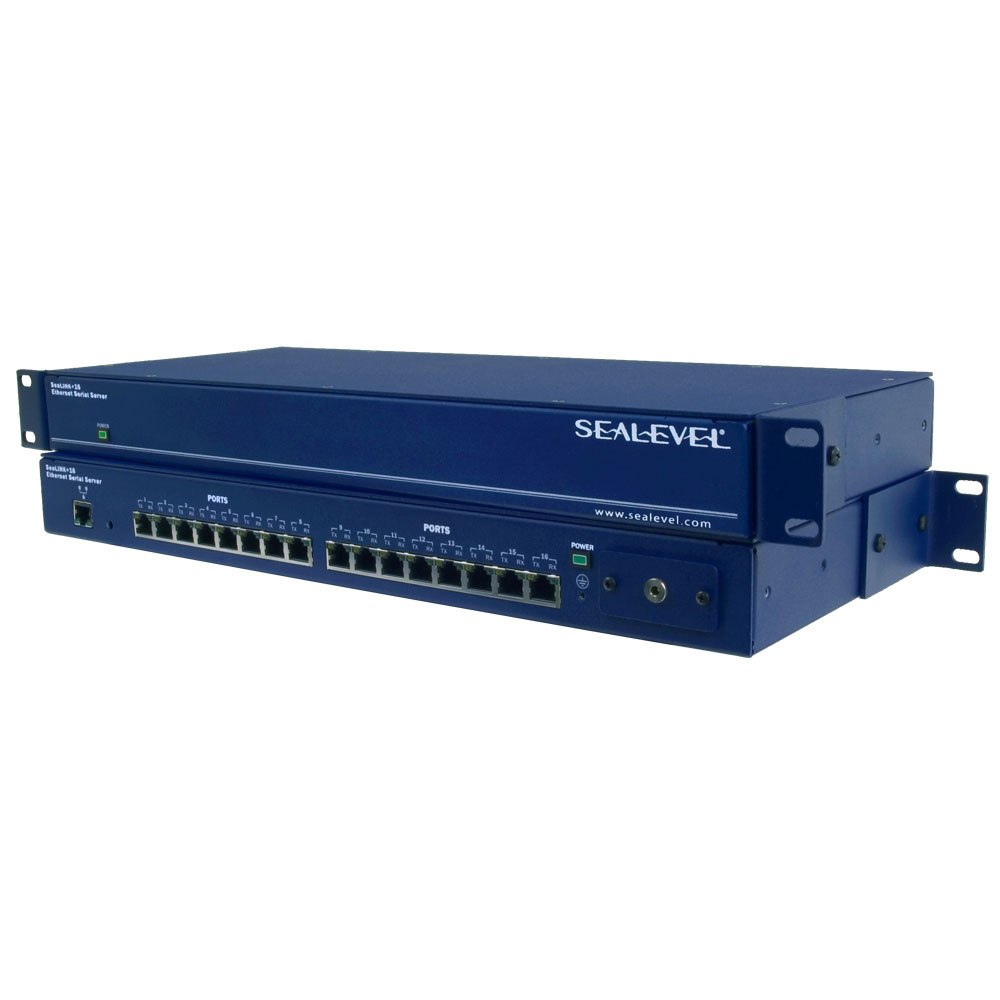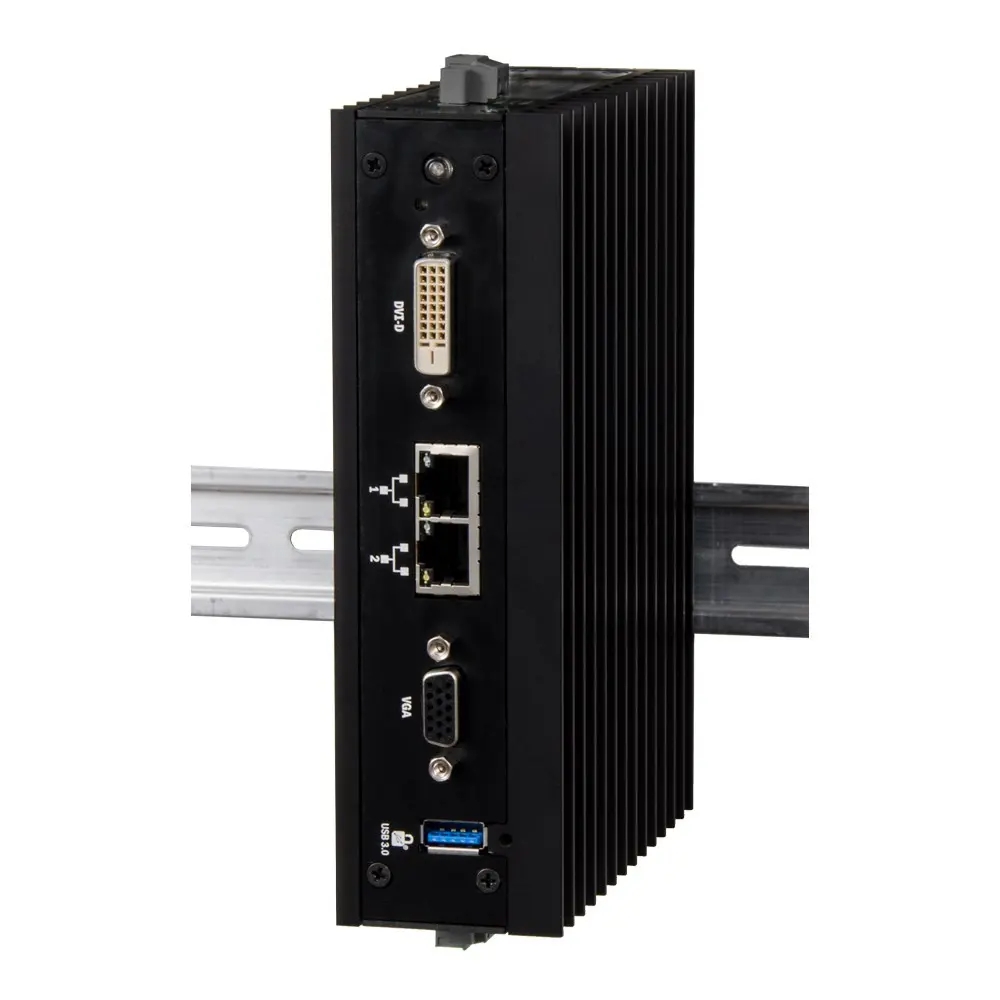Dual – or Greater – Ethernet Ports for Efficiency & Security

Consumer computers are often built with at least two Ethernet ports, and industrial computers may contain four or more. Multiple Ethernet ports allow for improved efficiency – and security – ensuring confident, oftentimes critical, communication.
Increased Efficiency with Multiple Ethernet Ports
Ethernet Bonding
Ethernet ports can be “combined” to use the same IP address and act as a single port. This increases bandwidth.
Load Balancing
Each additional port allows a computer or server to move more data through for increased throughput.
Downtime Management
Separate networks connected to a single server allow the one network to continue functioning when the other is experiencing maintenance downtime.
Bridging
Different networks can access the same computer or server and easily share data.
Connecting Devices
High resolution cameras, real-time sensors and other data-intensive devices benefit from the improved efficiency and reliability provided by a direct network connection.
Out-of-Band Communication
For remote applications, an additional Ethernet port can be used to install a satellite modem for network connectivity when a landline or cell tower is not available. Alternatively, a cell modem can be connected when a land-line is predominantly used but not available.
Increased Security with Multiple Ethernet Ports
Failover
If one Ethernet port malfunctions, the other continues to function correctly.
Redundancy
A backup network with a unique IP address can be run on an additional Ethernet port. If the original network fails or is hacked, the backup network is unaffected and can be utilized while the other is being recovered.
Network Isolation
Different Ethernet ports can be used to separate networks, like private versus public or storage versus service. The PC or server acts as a firewall to protect each network and keeps traffic separate.
Device Isolation
Additional Ethernet ports can be linked to specific devices. Like network isolation, device data can be kept separate from the larger network.
How Many Ethernet Ports Do I Need?
How many Ethernet ports one needs on an individual computer depends heavily on the application. Before deciding on an industrial PC with two Ethernet ports or more, evaluate the following:
- What are my bandwidth requirements?
- What are my throughput requirements?
- How many separate networks or devices require their own Ethernet connection?
- Are there any networks or devices that need to be isolated?
- What are my security requirements?
- What challenges, if any, do I face with maintaining a secure network connection?
- Do I need to take advantage of bridging?
- What is my budget?
More Ethernet ports does not always equal better. Applications running less data-intensive operations may not significantly benefit from having more Ethernet ports. Dual Ethernet ports can be the perfect solution for many applications.

Ethernet Serial Servers
SeaLINK® Ethernet serial servers offer the easiest way to connect RS-232, RS-422 and RS-485 serial devices to your Ethernet network. All SeaLINK devices use industry-standard TCP/IP protocol enabling any host to access serial ports as virtual COM ports. Designed using a powerful embedded microprocessor, SeaLINK products are able to communicate over multiple ports at sustained data rates up to 230Kbps.

Industrial Computers
Designed for OEM applications where ruggedness is a must, the Relio™ family of embedded I/O servers combines the reliability of a PLC with the configurability of an industrial computer. Relio systems require no fans or other rotating parts. Your OS and application software run from solid-state disk, eliminating rotating hard drives and resulting in true solid-state operation. Choose from a variety of form factors and processor options, all offering long-term availability and superior life cycle management.
Categories:
